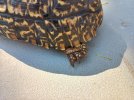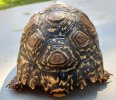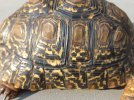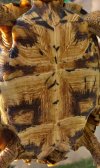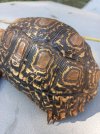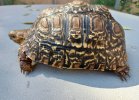TheLastGreen
Well-Known Member
They seem elusive in the form. I searched but found very few things about them.
Obviously when SA enacted stricter wildlife exportation laws, it became difficult (impossible) to get the buggers.
With the 11 clades of leopards, surely other leopards must "stand out".
Why are these so unique in terms of breeding, diet, colouration?
How is it going with current efforts to incubate eggs? I know the incubation is long, but any luck so far?
Why are they so fearless, is it how they evolved?

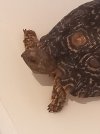
(Mine eying me while soaking)
A few things I couldn't find searching
At what age or size do leopards start laying eggs?
Do they lay eggs regardless if they are alone and would they still try to dig nests?
What size are leopard eggs?
(I do apologise for the question diarrhea, these questions have been bothering me for a while)
Obviously when SA enacted stricter wildlife exportation laws, it became difficult (impossible) to get the buggers.
With the 11 clades of leopards, surely other leopards must "stand out".
Why are these so unique in terms of breeding, diet, colouration?
How is it going with current efforts to incubate eggs? I know the incubation is long, but any luck so far?
Why are they so fearless, is it how they evolved?


(Mine eying me while soaking)
A few things I couldn't find searching
At what age or size do leopards start laying eggs?
Do they lay eggs regardless if they are alone and would they still try to dig nests?
What size are leopard eggs?
(I do apologise for the question diarrhea, these questions have been bothering me for a while)




